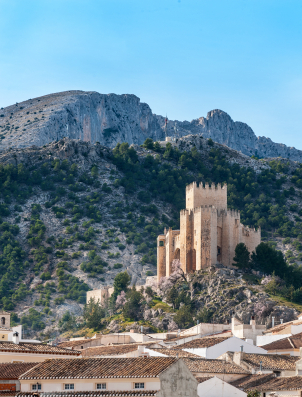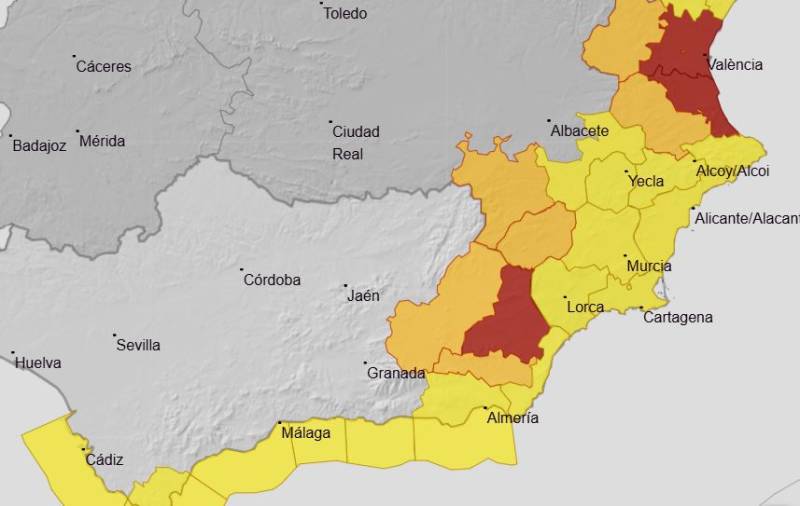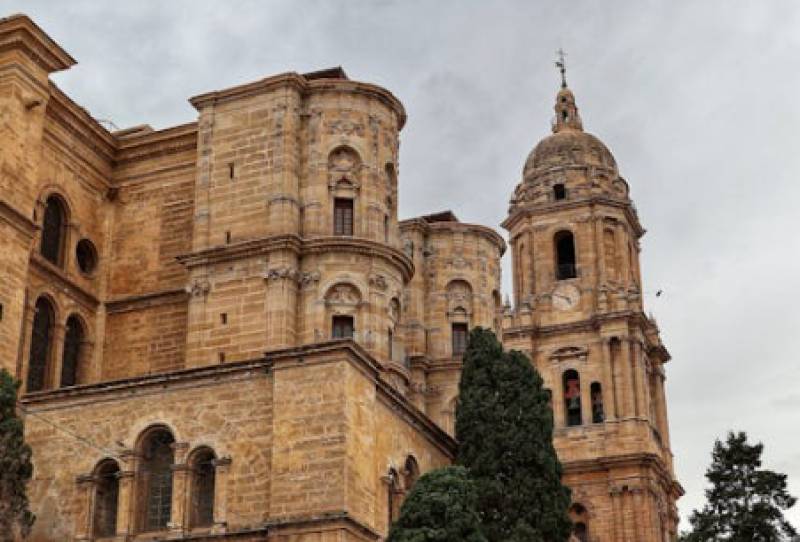

- EDITIONS:
 Spanish News Today
Spanish News Today
 Murcia Today
Murcia Today
 Alicante Today
Alicante Today
Introduction to the Almería province
Craggy mountains, soft beaches, whitewashed villages, lunar landscapes and the verdant Almanzora valley
 The easternmost of the eight provinces comprising the Andalucía Region is one of contrasts, from the beaches of the Mediterranean to the heights of the eastern Sierra Nevada and the Alpujarras mountains, from small whitewashed mountain villages to the modernity of the capital, and from the greenery of the mountains to the desert of Tabernas.
The easternmost of the eight provinces comprising the Andalucía Region is one of contrasts, from the beaches of the Mediterranean to the heights of the eastern Sierra Nevada and the Alpujarras mountains, from small whitewashed mountain villages to the modernity of the capital, and from the greenery of the mountains to the desert of Tabernas.
There are seven administrative divisions within the 3,400 square miles of the Province of Almería: Valle del Almanzora, Comarca Metropolitana de Almería, Alpujarra Almeriense, Los Filabres-Tabernas, Levante Almeriense, Poniente Almeriense and the Comarca de Los Vélez. Over 700,000 people live here, nearly 200,000 of them in the provincial capital: over 130,000 of them are of foreign origin, including many non-Europeans working in agricultural plantations and nearly 20,000 Britons.
 The earliest human settlements in the area gave rise to the most enduring symbol of the province, the Índalo, which is derived from cave paintings. Some interpreted the figure as a man holding a rainbow, but in fact it is now widely thought that the hunter depicted is flexing a hunting bow.
The earliest human settlements in the area gave rise to the most enduring symbol of the province, the Índalo, which is derived from cave paintings. Some interpreted the figure as a man holding a rainbow, but in fact it is now widely thought that the hunter depicted is flexing a hunting bow.
After the cave-dwellers the area was successively inhabited by the Argaric culture, the Phoenicians, the Carthaginians, the Romans, the Vandals, the Visigoths, the Byzantine Empire and the Moors, who ruled what is now Almería for over 700 years until they were finally expelled by the Catholic Monarchs in 1489. The city of Almería was officially founded by the Moorish leader Aberrahaman III in 955.

The nineteenth century brought a sudden influx of wealth due to the exploitation of lead, silver and gold deposits in the mountains, but the main pillar of Almería’s economy is traditionally agriculture. In modern times the plantations on the coastal lowlands have led to the growth of secondary industry such as bio-chemical and plastic products, and there is also an important marble industry.

Almería is one of the most mountainous provinces in Spain, with four separate ranges reaching altitudes of over 2,000 metres. Such is the diversity of the landscape that there are numerous national parks and natural reserves in the area, including the Sierra Nevada, the Cabo de Gata-Níjar and the Sierra de María-Los Vélez as well as the Tabernas desert.
Foreign visitors have enjoyed Almería for many decades, not only on the coast but also in the white hill-towns such as Mojácar, a popular destination for hippies in the 1960s and 70s, and in the mountains. Nowadays there is also a plethora of coastal developments attracting holidaymakers to the clear waters of the Mediterranean, but in general the coast here is less spoilt than in other areas of Spain, Ejido, Garrucha, Mojácar, Carboneras, Nijar, and Roquetas del Mar all popular destinations.

The Almanzora valley has received a good deal of negative press due to the urban abuse problems which have resulted in thousands of homes owned by expats being declared illegal, but in spite of the problems the area is still popular with the international community.
More local news and information relating to the Almería province can be found in the dedicated province section, accessed via the map box at the bottom of every page.

















